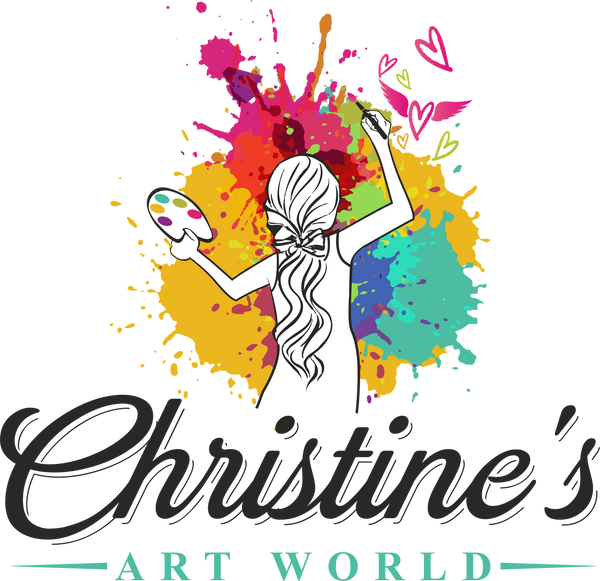The concept of transforming spaces through art is not just a professional endeavor but also an accessible approach that students can adopt to enhance their living and working environments. Integrating art into these spaces is more than just decoration; it's about creating a personalized atmosphere that reflects one's identity, aspirations, and even fosters well-being and productivity.
Understanding the Impact of Art in Spaces:
Before delving into how to transform spaces, it's crucial to understand the impact of art. Scientific studies have shown that art can significantly affect our mood, stress levels, and even creativity. In educational settings, art encourages open-mindedness and cultural awareness. By understanding these impacts, students can be more strategic in their choices of art for different spaces.
Skills Learned in Class:
Art classes teach more than just techniques. They instill a sense of aesthetics, color theory, spatial awareness, and an understanding of historical and cultural contexts of different art forms. Students learn to appreciate the nuances of visual storytelling and symbolism, which are key in choosing or creating art that resonates with the intended ambiance of a space.
Personalizing Living Spaces:
In personal living spaces like dorms or apartments, art can serve as a reflection of one's personality. Students can use skills from class to create wall murals, personalized art pieces, or even upcycle old furniture with artistic designs. The key is to create a space that feels comforting and inspiring. It's also an opportunity to showcase their own art, turning their living space into a personal gallery.
Enhancing Workplaces:
In a workplace, the goal shifts slightly. Here, art can be used to inspire productivity, foster a sense of community, and even reinforce brand identity if it's a personal business space. Students can utilize their skills to create art that is both aesthetically pleasing and functional – like designing organizational boards, inspirational quote art, or pieces that reflect the mission of the workplace.
Collaborative Projects:
Art in spaces doesn't have to be a solo project. Collaborative art projects can be a great way for students to engage with peers or colleagues, creating a shared space that reflects a collective vision. This can be particularly effective in educational settings or co-working spaces.
Sustainability in Art:
An important aspect of modern art is sustainability. Students can explore using recycled materials or eco-friendly art supplies. This not only adds a unique dimension to their art but also aligns with global efforts towards environmental consciousness.
The Role of Technology in Art:
With the advancement of technology, digital art has become increasingly significant. Students can incorporate digital installations, projections, or even use software to plan and visualize their art projects in a space before execution.
Art as a Tool for Well-being:
Finally, it's important to recognize that creating and interacting with art can be a therapeutic process. Students can use their art to create spaces that not only serve aesthetic purposes but also promote mental well-being.
The integration of art into living and working spaces by students is a powerful tool for self-expression and environment transformation. The skills learned in the classroom provide a foundation, but the real magic happens when these skills are applied to create spaces that are not just visually appealing but also emotionally resonant and functionally inspiring. As students embark on this creative journey, they not only enhance their surroundings but also contribute to a more artful, thoughtful world.
